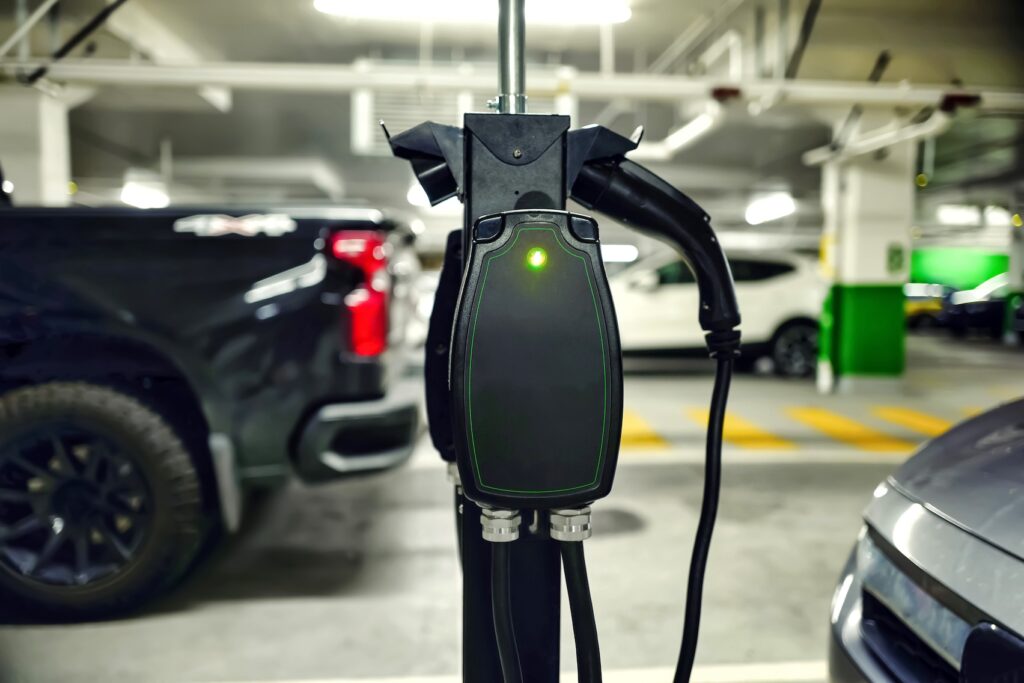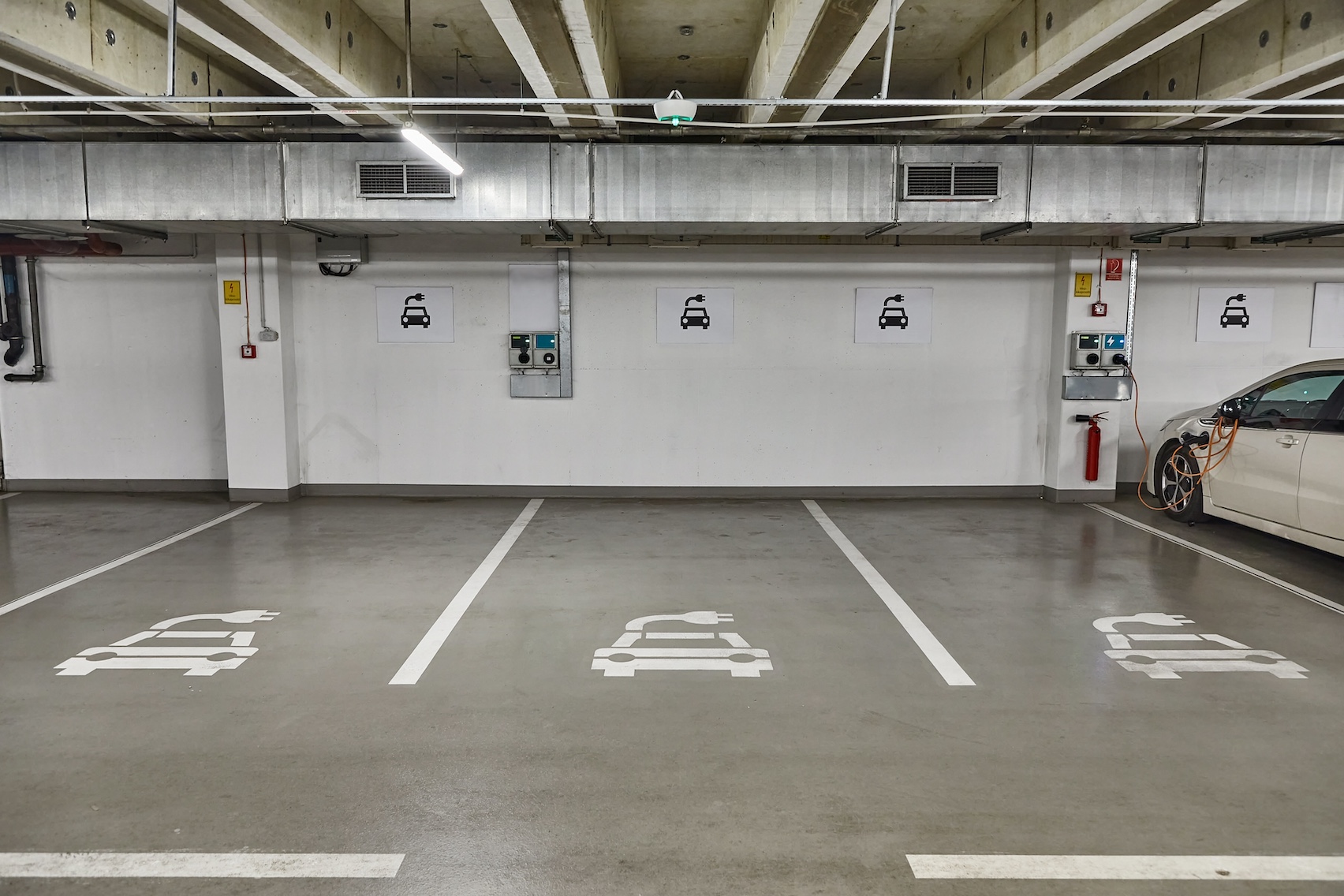Why EV-Ready Multifamily Buildings Are Key to Canada’s Decarbonization Target
Engineers Help Building Owners Determine if their Property is Suited for EV Charging Port Installation
As of 2021, the transportation sector was found to emit about 20 per cent of Canada’s total emissions and lowering them will require a rapid adaptation to ZEVs over internal combustion engine vehicles.
In a recent report prepared for Natural Resources Canada, a key finding identified multifamily building as an area of interest to support ZEV adoption. For Canada to reduce its greenhouse gas (GHG) emissions from the transportation sector, while meeting its climate targets, multifamily buildings need to be fitted with charging infrastructure for electric vehicles (EVs) and other zero-emission vehicles (ZEVs).
Canada’s targets are ambitious. In the 2030 Emissions Reduction Plan, the federal government committed to achieving 100 per cent ZEV sales by 2035 for all new light-duty vehicles.
Achieving these targets will require multiple levels of government to not only incentivize the purchase of ZEVs, but to increase access to both public and privately-owned charging stations through a combination of regulations and financial incentives.
Clearing the way for easy ZEV and EV uptake
The federal government has committed $400 million in funding for ZEV charging stations to supply an additional 50,000 public ZEV chargers to Canada’s existing network. Additionally, the Canada Infrastructure Bank is set to invest $500 million in large-scale ZEV charging and refuelling infrastructure.
The Natural Resources Canada report estimates that 679,000 public charging ports will be needed to meet demand by 2040 – that’s a rate of about 40,000 public ports going online per year.
It’s one thing to provide public charging stations, but the same report found the majority of EV owners end up charge at home – and many prefer it that way.
This was no surprise to the Pretium Engineering team. Our mechanical service area lead Jeff Livingstone recently purchased his first EV, and documented his experiences to help inform others exploring EV ownership.
In speaking with some of our team members who own EVs, the feedback was consistent that public charging felt unfamiliar and overwhelming at first. With variations in chargers, charging time, and availability, using public infrastructure was inconsistent at best and frustrating at worst. Not to mention that charging at a home station tends to be cheaper than using a public port.
The latest reports estimate that in order to keep up with Canadian ZEV sales targets,1.6 million parking spaces in multifamily buildings must be retrofitted with charging ports by 2030, and nearly 3.2 million by 2035.

Determining EV charger adaptability for multifamily buildings
At Pretium Engineering, we’ve been working with condo boards, owners, and property management groups to streamline and standardize the process of retrofitting buildings to install EV charging stations.
For existing buildings, the process starts with a site visit and investigation report to document whether the current electrical system and infrastructure can support the installation of EV chargers. This process is informed by a mix of quantitative and qualitative data. Consultants typically include figures from engineering calculations, reports, and gather additional information from stakeholder meetings.
If it is determined that the building is set up to support new EV charging ports, the report will include details on maximum system capacities. The voltage capacity is important, as it determines whether a tenant may propose and install a charger on their own, or if the property owner or manager is required to step in.
If the report determines the building does not have the infrastructure to support new EV chargers, it will include information on possible upgrades that may be implemented in order to move forward with any installations.
Incentivizing the transition from combustion vehicles to ZEVs and EVs
Transitioning Canadians from internal combustion engine vehicles to EVs and ZEVs is integral to Canada meeting its GHG emissions reduction targets where increasing the number of charging ports in multifamily buildings will be an important incentive. In fact, it may make or break their decision.
Building owners and managers have an important role to play in this adoption process, which means they also need incentives to fund and coordinate the installation of EV chargers.
Engineering firms can contribute by adopting standardized evaluation processes, making it easier for multifamily building owners and managers to buy into retrofits that provide charging ports to their tenants.



